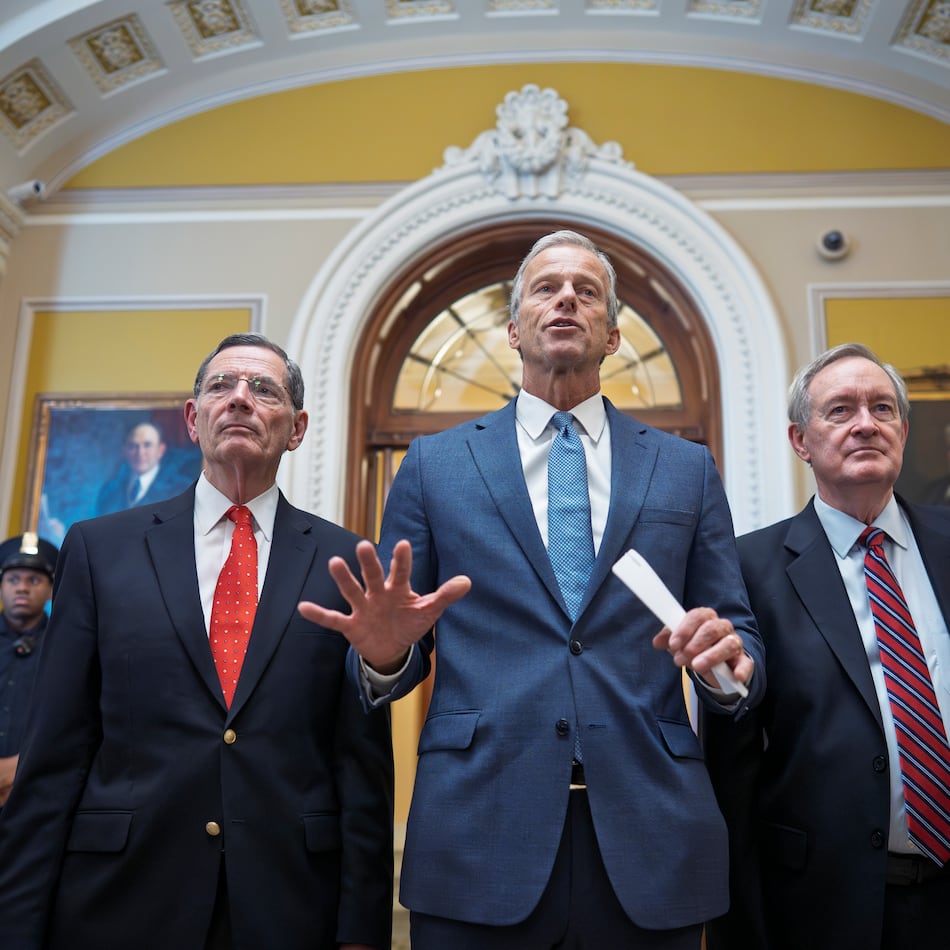The last of three supermoons in row will be in the sky Dec. 16, according to NASA.
It won't be like the spectacular sight in November, when the supermoon became the closest full moon to Earth since 1948. That won't occur again until 2034.
But NASA said that if clouds cooperate, North America will have a chance to see this week's display.
What's special about this event is that the supermoon coincides with the peak of an annual meteor display, December's Geminids.
The moon will make for poor meteor-viewing conditions.
NASA told Space.com that the light of the full moon will reduce visibility "five- to tenfold."
A full or new moon is designated as a supermoon when it is at its closest point on its orbit to Earth. Scientists say that during that time, the moon seems much larger than normal because it shines 30 percent more moonlight onto Earth and comes as much as 14 percent closer to the planet then it is when its at its furthest point from Earth.
About the Author
Keep Reading
The Latest
Featured
